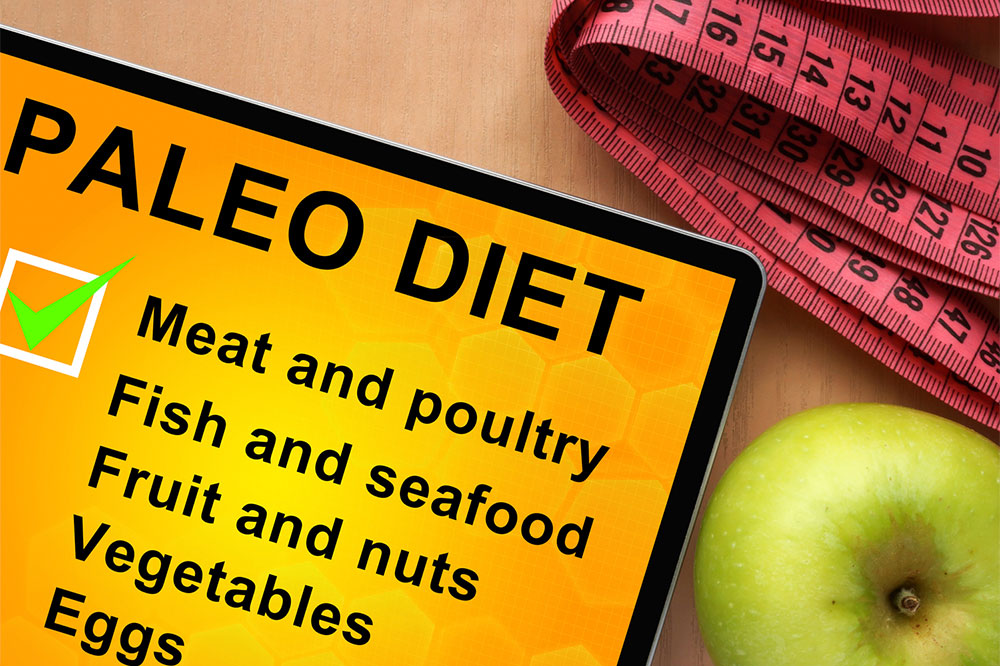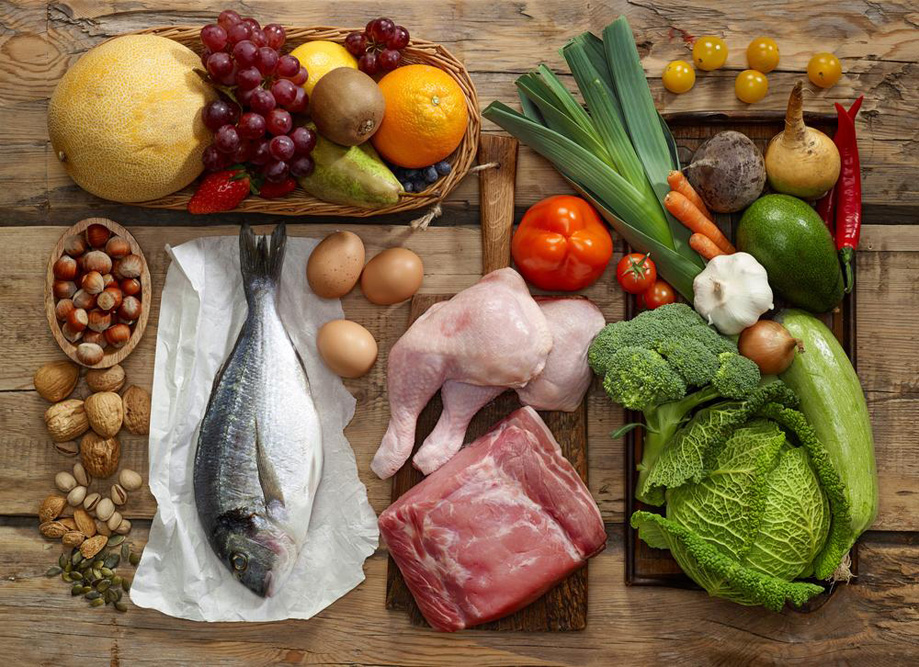The Ultimate Paleo Diet Guide: Key Principles, Meal Ideas, and Health Benefits
Discover comprehensive insights into the paleo diet, including core principles, food choices, foods to avoid, and a detailed weekly meal plan. This guide helps you understand how to adopt a paleo lifestyle for better health, weight management, and overall wellness, supported by practical tips and nutritional guidance for beginners.

Understanding the Paleo Diet: Core Concepts and Practical Tips
The paleo diet, also known as the Paleolithic or caveman diet, centers around consuming foods that mimic the diets of hunter-gatherer humans from thousands of years ago. This dietary approach advocates for eating whole, unprocessed foods and eliminating modern processed foods that are often associated with health issues. By focusing on natural foods like fresh meats, fruits, vegetables, nuts, and seeds, the paleo diet aims to promote optimal health, weight management, and metabolic efficiency. Its rising popularity is supported by numerous studies indicating benefits such as improved blood sugar regulation, reduced inflammation, and weight loss. However, before embarking on this diet, consulting with healthcare providers or a registered dietitian is recommended to personalize the plan based on individual health conditions and goals.
Incorporating Paleo-Friendly Foods into Your Diet
Adopting a paleo lifestyle involves selecting nutrient-dense, minimally processed foods that resemble those eaten by ancient humans. Core staples include high-quality meats like chicken, turkey, lamb, beef, and various seafood such as salmon, shellfish, and trout. These provide essential proteins, healthy fats, and micronutrients necessary for bodily functions. Fresh vegetables like leafy greens, broccoli, peppers, carrots, and cruciferous vegetables serve as vital fiber sources and contain antioxidants that combat oxidative stress. Fruits such as berries, oranges, bananas, avocados, and root vegetables like sweet potatoes provide natural sweetness and essential vitamins and minerals. Nuts and seeds—including almonds, cashews, pumpkin seeds, and macadamia nuts—offer healthy fats, protein, and fiber, making them excellent snack choices.Healthy fats are a cornerstone of the paleo diet, with sources like extra virgin olive oil, coconut oil, and natural spices incorporated into meals. Opting for organic, grass-fed, and pasture-raised options enhances the nutritional profile and reduces exposure to antibiotics and hormones found in conventionally raised animals. When choosing produce, prioritizing organic options supports environmental sustainability and lower pesticide intake, though non-organic choices are still acceptable if necessary.
Foods to Avoid to Stay True to Paleo Principles
Maintaining adherence to the paleo diet involves eliminating specific food groups and ingredients associated with health risks. These include processed foods, refined sugars, vegetable oils, trans fats, and artificial sweeteners like sucralose and aspartame. Grains such as wheat, barley, oats, and rye are excluded, along with legumes including lentils, beans, soy products, and peanuts, due to their anti-nutrient content and potential inflammatory effects. Dairy products, particularly processed or low-fat varieties, are typically avoided, although some modern paleo adaptations permit grass-fed dairy like butter and cheese. Hydration primarily relies on water, with many practitioners avoiding caffeine and sugary beverages to maximize health benefits.Sample Weekly Paleo Meal Plan for Beginners
To facilitate a smooth transition into the paleo lifestyle, here is an illustrative weekly meal plan designed to incorporate a variety of foods and flavors:
Monday: Breakfast features a mix of fresh berries, leafy greens, and eggs; lunch includes grilled chicken salad drizzled with olive oil and topped with nuts; dinner consists of baked vegetables, grass-fed beef patties without buns, and a fresh salsa.
Tuesday: Start your day with crispy bacon, scrambled eggs, and fruit; midday, enjoy a fillet of grilled fish with roasted vegetables and a small serving of rice (if allowing moderate grains); dinner offers lean meats paired with a colorful garden salad.
Wednesday: Breakfast includes a smoothie with berries and spinach; lunch features a hearty egg and vegetable scramble with fruit on the side; dinner is a nutrient-rich beef stir-fry loaded with seasonal vegetables.
Thursday: Morning meal combines fruits and eggs; lunch consists of leftover stir-fry topped with nuts; dinner may include roasted vegetables with sweet potato mash.
Friday: Breakfast involves vegetables fried in coconut oil; a chicken salad with olive oil dressing makes for a satisfying lunch; dinner includes baked sweet potatoes and sautéed greens.
Saturday: Enjoy a breakfast of crispy bacon and fried eggs; lunch comprises rice with grilled vegetables and seafood; dinner features grilled fish with fresh fruit salad.
Sunday: A nutrient-dense breakfast of nuts, fruits, and eggs; lunch with pork loin and a medley of seasonal vegetables; dinner with grilled chicken topped with salsa and a side of fresh greens.
Always remember to consult your healthcare provider before starting any new diet, especially if you have underlying health conditions. Proper planning, patience, and professional guidance can significantly enhance your success on the paleo journey, setting the stage for improved health, increased energy, and long-term wellness.





